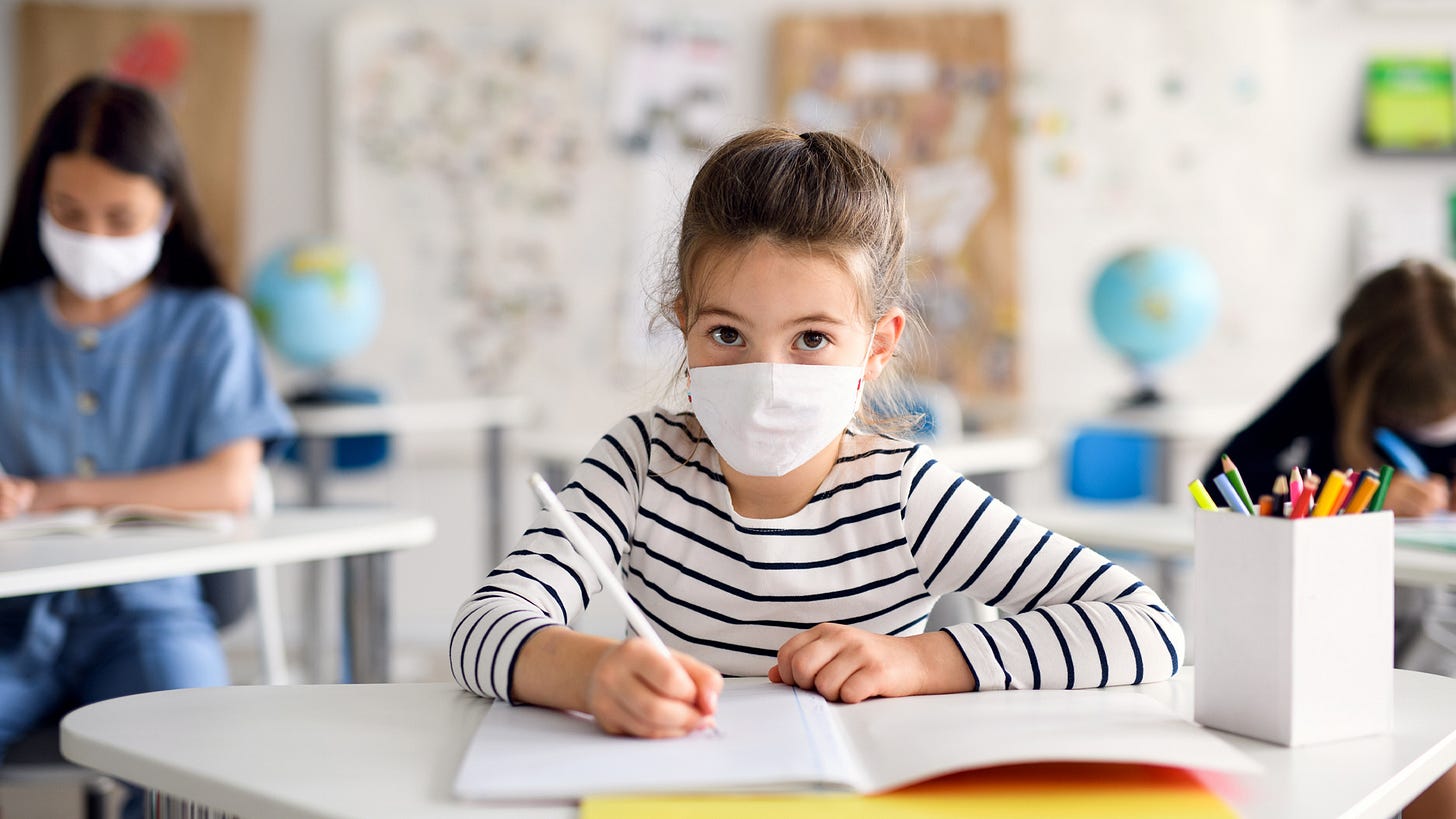On March 8th, 2020, Dr Anthony Fauci, then one of the most prominent figures representing the official global response to the Covid-19 outbreak, stated on 60 Minutes that “right now, in the United States, people should not be walking around with masks…When you’re in the middle of an outbreak, wearing a mask might make people feel a little bit better…it …
Keep reading with a 7-day free trial
Subscribe to THE FREEDOM BLOG to keep reading this post and get 7 days of free access to the full post archives.




